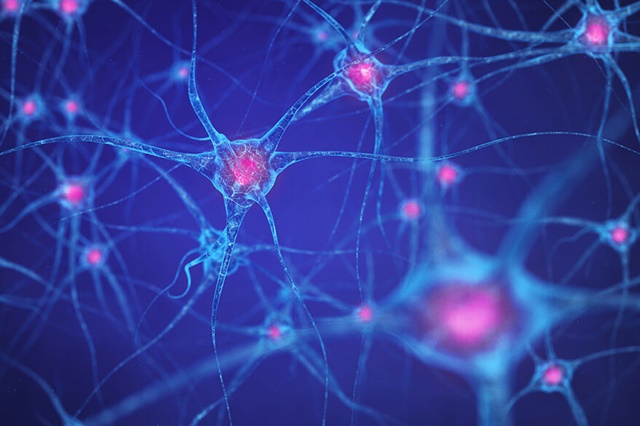14 Aug. 2023. A developer of electronic health data tools and a university’s neuroscience labs are collaborating on tests of Parkinson’s disease drugs using digital measures of patient functioning. The partnership brings together digital biomarkers company Koneksa Health in New York and researchers at Oregon Health and Science University in Portland.
Koneksa Health is an eight year-old enterprise creating data collection instruments, particularly for remote data capture, in clinical trials and other medical studies. The company says many of its digital health tools use passive and unobtrusive measures to gain more objective and reliable data than conventional self-reporting methods impaired by personal biases and reliance on human memory. Koneksa says it focuses on collection tools incorporated into mobile and portable devices used at home, along with electronic patient-reported outcomes or ePROs, connected to analytical algorithms. The company offers its digital biomarkers software as a cloud-based service for use by clinical trial sponsors and health research teams.
Most of Koneksa Health’s digital biomarkers are in neuroscience, which combine basic health data such as vital signs, with sleep and exercise data , and measures of physical activity directly related to neuro-motor functions: speech, gait, balance, tremors, and finger dexterity. In June 2023, Science & Enterprise reported on a Koneksa collaboration with Beacon Health, a company writing algorithms to analyze electroencephalogram or EEG data on brain activity, using a home wearable device.
Neuro-physiological indicators affected by Parkinson’s disease drugs
The new collaboration links Koneksa with OHSU researchers studying Parkinson’s disease, a degenerative and progressive disorder where cells in the brain cease producing dopamine, a neurotransmitter chemical that coordinates muscle movements. People with Parkinson’s disease experience tremors, slowness, stiffness, and walking and balance problems, along with depression, memory problems, and other non-movement symptoms. OHSU neurologist Delaram Safarpour is leading the study with Martina Mancini, director of the university’s Balance Disorders Laboratory.
The study is assessing neuro-physiological indicators affected by common drugs treating Parkinson’s disease either released immediately into the body, or formulated for extended release over time. The researchers plan to use digital biomarkers developed by Koneksa to gauge responses by patients to the drugs, including measures of gait performance, taken every 30 minutes for four hours during office visits, as well as unobtrusive actigraphy indicators — measures of activity and rest cycles — captured by patients’ smartphones at other times.
“We’ll be including smartphone- and actigraphy-based digital measures and electronic patient reported outcome or ePRO instruments into our study,” notes OHSU’s Manicini in a Koneksa statement released through BusinessWire, adding “Novel, objective metrics, like those made possible with Koneksa’s technology and toolkit, allow us to expand upon what we’ve been able to do in the clinic.”
“These measures will support OHSU in both in-clinic and at-home patient monitoring of critical parameters of interest for this study,” says John Wagner, Koneksa’s chief medical officer. Koneksa expects the joint effort with OHSU to be the first in a series of collaborations with academic labs on Parkinson’s disease, using the company’s data collection measures for neuroscience. The company says it offers its digital biomarker tools, training materials for clinical site administrators, and cloud-based monitoring and algorithms for analysis.
More from Science & Enterprise:
- Health App Shown to Improve Asthma, Depression Outcomes
- A.I. Analytics Detect Heart Failure in Single Ultrasound View
- NIH Funds Depression Game Therapy Clinical Trial
- Digital Biomarkers Shown to Highlight Parkinson’s Disease
- $60M Challenge Seeks Biomarkers, Models to Counter Aging Stress
We designed Science & Enterprise for busy readers including investors, researchers, entrepreneurs, and students. Except for a narrow cookies and privacy strip for first-time visitors, we have no pop-ups blocking the entire page, nor distracting animated GIF graphics. If you want to subscribe for daily email alerts, you can do that here, or find the link in the upper left-hand corner of the desktop page. The site is free, with no paywall. But, of course, donations are gratefully accepted.
* * *


 RSS - Posts
RSS - Posts
[…] Industry, Univ. Labs Partner on Parkinson’s Digital Biomarkers […]